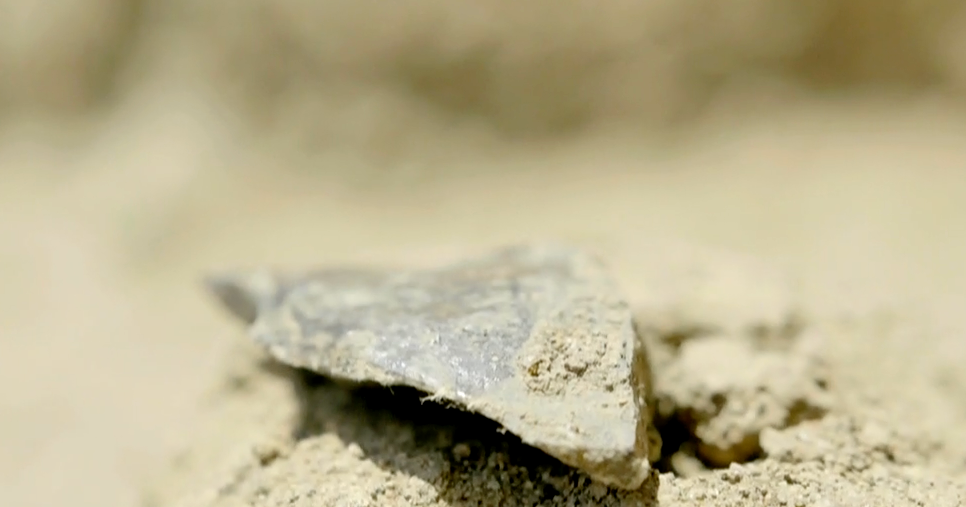How a man-made underground cavern helps low-lying Tokyo escape flood damage
Saitama, Japan — Japan's environmental ministry says temperatures are rising in the country at a faster rate than the global average. That means more rain and more extreme weather events. But in Tokyo, the world's biggest metropolis, they've deployed a unique weapon to provide protection from floodwaters.
As CBS News' Lucy Craft reports, Tokyo's over-developed landscape, crisscrossed by scores of rivers, is at high risk for flooding. Computer modelling done for the government shows how prolonged torrential rains could leave large portions of the sprawling city of 37 million people underwater.
Japan has a network of defenses to shield itself from extreme storm events, but the crown jewel of the system is a cavernous subterranean sanctuary, hidden 70 feet underground. The massive underground flood diversion project is one of the largest in the world, and it's been called an engineering marvel.
Facility chief Nobuyuki Akiyama told CBS News that the multibillion-dollar "Metropolitan Area Outer Floodway," in Saitama Prefecture, north of Tokyo, has prevented major flood damage since it was built 15 years ago.
"Before that, whenever there was a typhoon, Tokyo was inundated. But now, even with torrential rains, our water tank has room to spare," said Akiyama.
For anyone venturing down into the giant silo used to capture floodwater, safety harnesses, tethered to the wall, are mandatory.
The floodway system is activated up to eight times a year, diverting floodwater down a series of silos — each of them "big enough to hold the Statue of Liberty or the space shuttle," notes Akiyama — into an underground tunnel and then into a massive holding tank.
The vast, vaulted space is often compared to a temple, but Akiyama said it was unintentional that the marvel of modern engineering "ended up looking like the Greek Parthenon."
In the dry season, the "underground Parthenon" is a tourist magnet. Each of the vast pillars that hold up the ceiling weighs 500 tons. It's all carefully controlled, and gas turbines with the horsepower of jet engines push the floodwater out of enormous gates and out into the Edogawa River in a manageable deluge. These turbines are so powerful they could empty an Olympic-sized swimming pool in just a few seconds.
The facility has reduced flood damage in Tokyo by 90% since it came online, but as rainstorms become more frequent and intense, Japanese officials and engineers know they'll have to keep upping their game.





